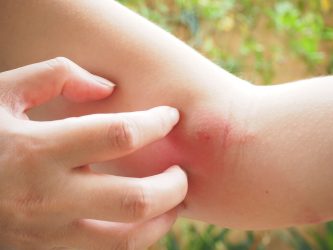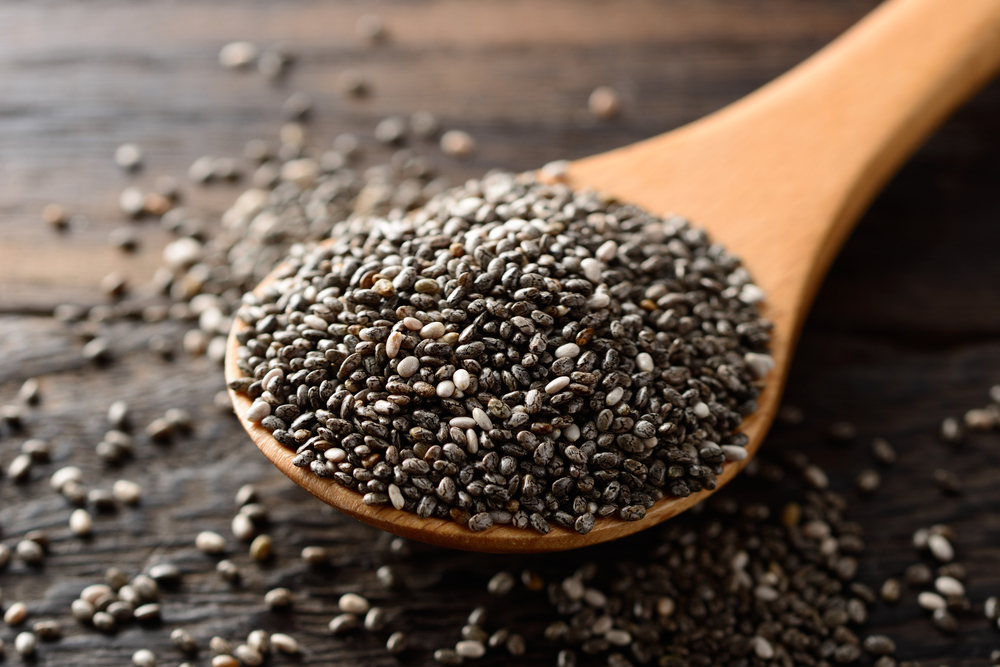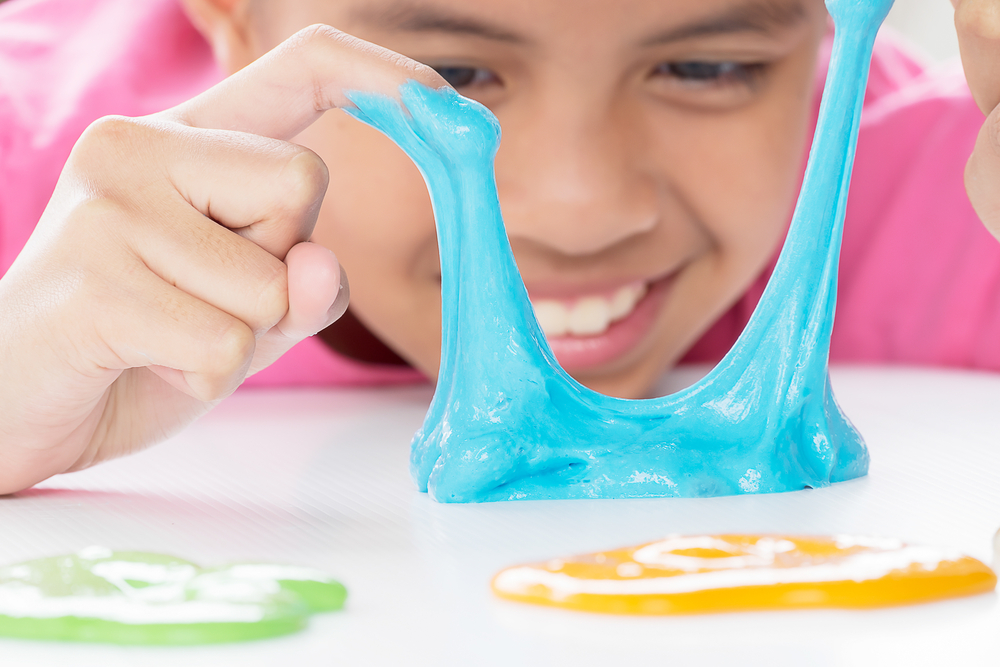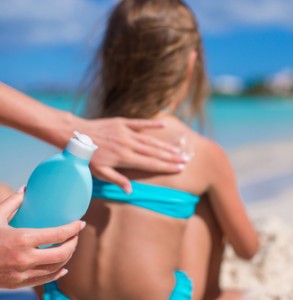How to Manage a Bug Bite
 So far this summer, I’ve seen bee stings, spider bites and infected mosquito bites. I haven’t pulled off any ticks, but I’m sure it is a matter of time. Some of the bites, I am assuming these were caused by our little 8 legged arachnoid friends, have gotten very swollen and a little painful. The management is pretty much the same for any bite.
So far this summer, I’ve seen bee stings, spider bites and infected mosquito bites. I haven’t pulled off any ticks, but I’m sure it is a matter of time. Some of the bites, I am assuming these were caused by our little 8 legged arachnoid friends, have gotten very swollen and a little painful. The management is pretty much the same for any bite.
- Attention: I have found that the best remedy for children with run of the mill bites and stings is attention. Most kids just want some acknowledgement that they are itchy or irritated. Even though I vowed not to be sympathetic to minor aches and pains, I am good at faking it. A kiss, a little ice, a “I hate that this happened to you”, and a few minutes on my lap all go a long way.
- Prevent infection – As with any break in the skin, cleaning the area is a good idea. Most fly and mosquito bites don’t leave an open wound but spider bites, tick bites and bee stings can. If there is a noticeable interruption of skin, rinse with warm water and apply an antibiotic cream like neosporin or bacitracin. Try not to scratch as this not only irritates the skin further but introduces lots of bacteria from the fingernails.
- How to keep from scratching an itchy bite – I did a little experiment with my kids. I put benadryl anti-itch cream on 1/2 their bites and nothing on the others. They all reported that the ones with the treatment did not itch at all. I tried it myself except I put it on all my bites because I’m not inclined to suffer even for science. It did work. The itching comes from your body’s reaction to the saliva of the insect. Theoretically, anything that cools your immune response, will stop the itch. Benadryl has an anti-histimine effect. Creams with steroids like hydrocortisone, also combat your body’s immune reaction. Ice is a great anti-inflammatory and should moderately help the itch. Home remedies include everything from chewing tobacco to crushed aspirin to baking soda.
- Minimize swelling and pain – As above, ice is the best way to control both the pain and swelling of bites and stings. If things look bad, I draw a line around the swelling to monitor the progression. Ibuprofen can help the pain, and if the area looks very inflamed, oral benadryl can minimize the inflammatory reaction. This has the nice secondary effect of knocking your kid out for about 6 hours.
- When to worry – Summer is a time for outdoor fun and relaxation. Days are longer, there is no homework, work hours may be lighter. It is not a time to stress about bug bites. Get out there and have a good time. Worrying about everything that crawls or flies is useless. Making your children fearful will come back to bite you where the sun don’t shine. But, use common sense. Signs that you should get medical attention for a bite include increased swelling, leakage of pus, warmth to the touch and increased pain despite home treatment. Of course, if systemic symptoms like fever, nausea, dizziness occur, get to a doctor.
Quick note about bee stings – When I was about ten years old, I read a book called, “A Taste of Blackberries”. In it, a little kid dies of a bee sting and the best friend is left behind. This has stayed with me as some stories will. The truth is, while 3% of people have an allergy to bee stings, less than 1% of people will have an anaphylactic reaction. About 50 people die of bee stings each year and the reaction is sudden and violent and can only be treated by an epipen. If you have had a strong reaction to a bee sting in the past and are stung again, call 911. If you are stung in the mouth or nose, call 911 as the swelling can interfere with breathing. If vomiting, wheezing, diarrhea or hives distant from the site of the sting occur, call 911. Otherwise, take a deep breath. Most people have only a local, irritating reaction to a bee sting. Unlike wasps, yellow jackets and hornets whose stingers usually retract after the sting, honey bees have a stinger that may stay in. If you see a black dot on the site, use something flat like a credit card or butter knife and slide it over the area to tease the stinger out. The venom is released for about 2-3 minutes so if you can get the stinger out, you will reduce the severity of the reaction. Apply ice to the area and then clean it with an antiseptic solution. Use a topical hydrocortisone cream or alternatively, a paste made from meat tenderizer and water or baking soda and water can neutralize the venom. If pain and swelling persists, take ibuprofen and an oral anti-histamine like Benadryl.
Watermelon: We Know It’s Great for Hydration…
But What Else Can it Do for You?
A Tiny Little Seed That Packs a Big Punch of Nutrition.

A Dessert You Can Feel Good About:
Dark Chocolate Crunchy Quinoa Truffles
10 Things That I’ll Miss When School is Out…
including Going to the Bathroom Alone
Should You Let Your Kids Sleep With You?
Is chocolate good for you?
Find out the heart-healthy benefits of chocolate.

Is Homemade Slime…Dangerous for Your Kids?




























